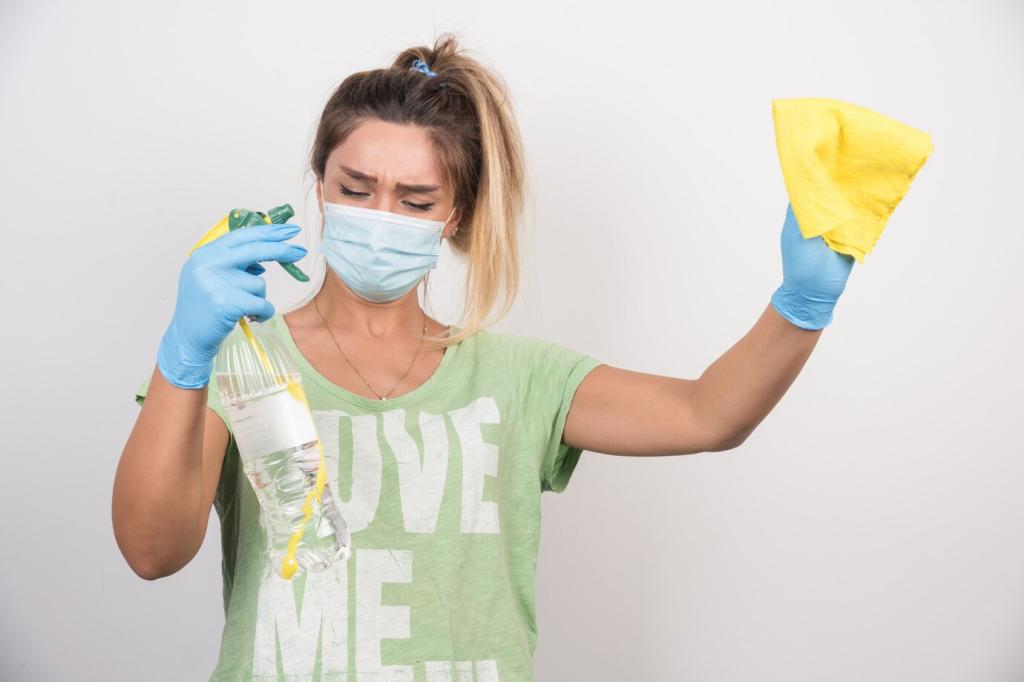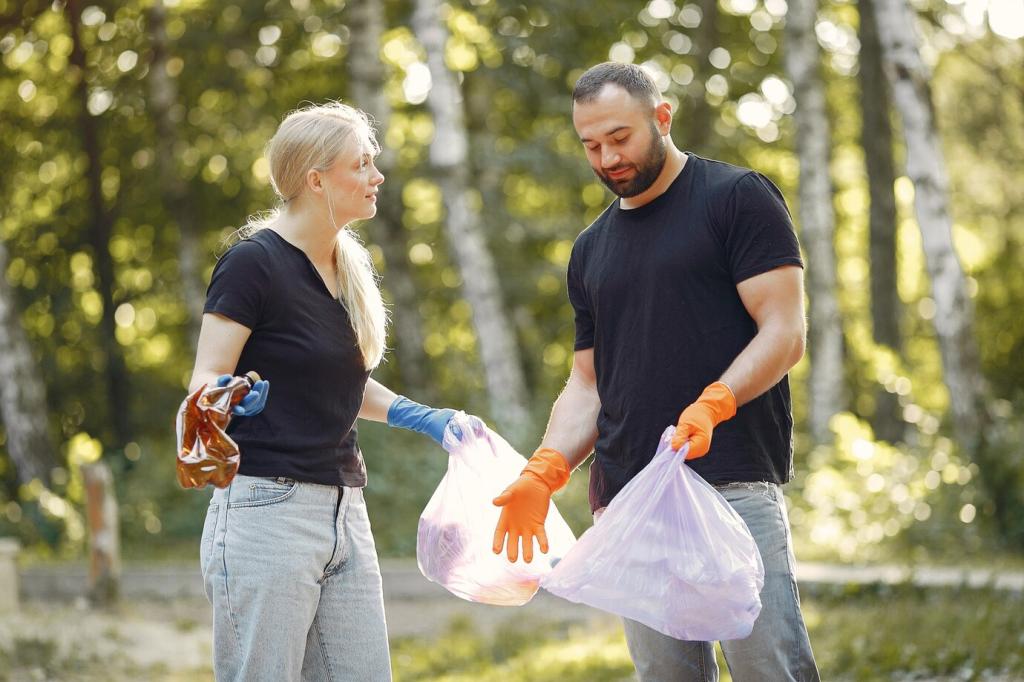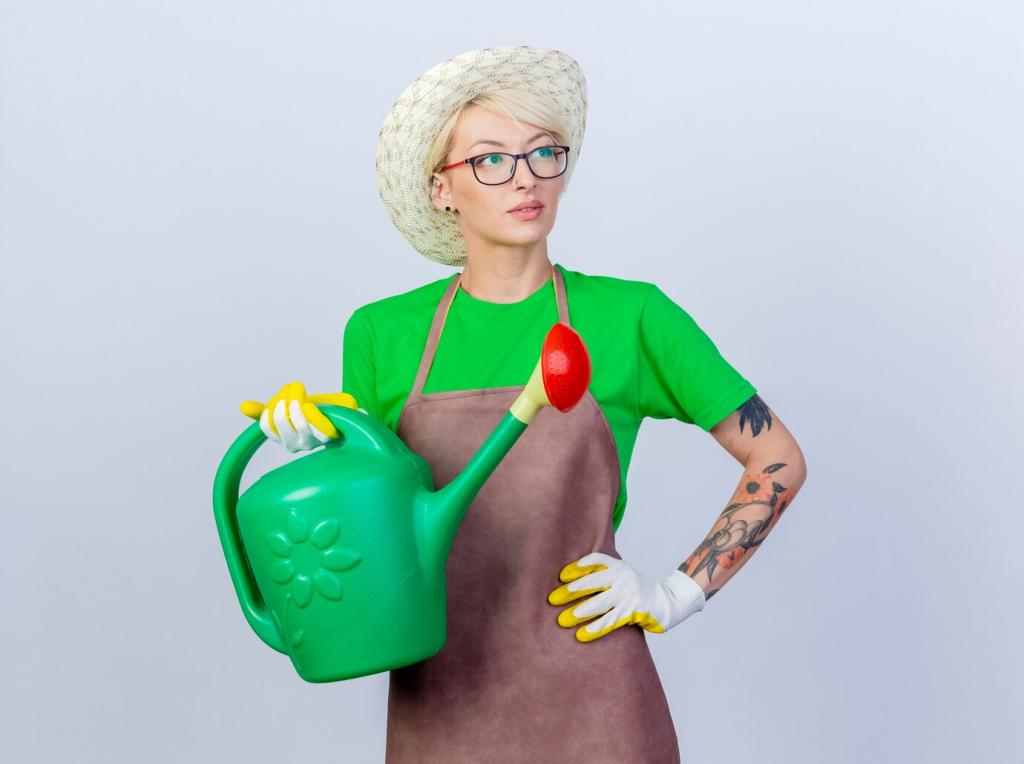Natural Polish Options for Eco-Friendly Wood Care
This edition focuses on the theme “Natural Polish Options for Eco-Friendly Wood Care,” exploring low-VOC, renewable, and time-tested polishes that nourish wood, protect indoor air, and honor the planet. Discover practical tips, stories, and recipes—and join the conversation by sharing your favorite natural polish approach.
What qualifies as a natural wood polish
A natural wood polish relies on renewable ingredients—plant oils, tree resins, leaf and bee waxes—rather than petrochemical polymers. These choices reduce fossil inputs, minimize volatile organic compounds, and often allow simple maintenance cycles. They also let wood breathe, aging gracefully instead of cracking under overly rigid synthetic films.
The environmental math behind a gentle shine
When you choose beeswax, carnauba, tung, or shellac, you lower indoor emissions and support regenerative supply chains. Life-cycle impacts hinge on farming, harvesting, and transport, but biodegradable, low-solvent formulas typically outperform conventional varnishes. Small choices—like citrus thinners over harsher solvents—compound into healthier workshops and living spaces.
A small story of renewal
I restored a hand-me-down maple desk with a modest beeswax–carnauba balm, applied slowly on a rainy Sunday. The wax reawakened quiet figure in the grain, and the room smelled faintly of honey and orange peel. My sister noticed first, then asked for the recipe and subscribed for future tips.
Beeswax and Carnauba: Gentle Gloss, Lasting Goodness
Beeswax: breathable protection and warm luster
Beeswax brings a soft, hand-rubbed sheen and a pleasant aroma. It fills minor scratches, buffs easily, and remains flexible as wood moves with seasonal humidity. Because beeswax is gentle and reversible, touch-ups are simple—ideal for heirloom furniture you want to maintain without stripping.
Carnauba: the leaf wax that adds hardness
Carnauba wax, harvested from Brazilian palm leaves, raises durability by increasing hardness and scratch resistance. A small proportion in a beeswax blend brightens gloss and improves heat tolerance. The result is a balanced, eco-friendly polish that resists fingerprints and holds up better on tabletops or cabinet doors.
Blending for balance and everyday practicality
Melt beeswax, add a measured portion of carnauba, and temper with a safe oil and citrus thinner for spreadability. Test consistency with a cool spoon, then adjust. Readers, share your favorite ratios in the comments—your tips help newcomers confidently craft polishes tailored to climate and furniture use.




Shellac: Time-Tested, Naturally Derived, Surprisingly Modern
Shellac begins as resin secreted on trees, then is cleaned, flaked, and dewaxed for predictable finishing. Dissolved in ethanol—often bio-derived—it dries quickly, allowing multiple coats in a day. Choose cut strength to match your goal: a sanding sealer, a clear protective film, or a foundation for wax.
Shellac: Time-Tested, Naturally Derived, Surprisingly Modern
Shellac’s low odor and rapid cure make it friendly for spaces you need to occupy soon, like nurseries, studies, or living rooms. While not the most water-resistant choice, its repairability is unbeatable. White rings buff out, new layers melt into old, and maintenance rarely requires heavy stripping.
Citrus and Pine: Cleaner Solvents for Natural Polish Work
Combine shaved beeswax, a touch of carnauba, pure oil, and d-limonene from citrus peels for spreadability. Warm gently, stir thoroughly, and jar the balm once silky. Label the batch date, and invite readers to compare orange versus lemon aroma in the comments—small details shape the finishing experience.

Application Techniques that Elevate Natural Finishes
Sand to 220–320 grit, vacuum thoroughly, and tack-cloth the surface to remove fine dust. For open-pore woods, create an oil-and-dust slurry and burnish across the grain to fill pores naturally. This old-school trick leaves a smoother base for wax, improving clarity and reducing later maintenance.

Simple maintenance calendar to keep the glow
Dust with a soft cloth weekly, refresh wax every few months, and re-oil annually or as the surface looks dry. Avoid silicone sprays and harsh detergents. These small habits preserve sheen, reduce wasteful overcoating, and keep furniture inviting—tell us what interval works in your climate and household.
Safety first: oily rag combustion and proper storage
Curing oils generate heat. Lay rags flat outdoors to dry or store them in a sealed metal can of water. Label containers, date your mixes, and keep solvents away from flames. Responsible habits ensure eco-friendly choices remain safe choices—share your shop safety checklist to help others stay mindful.
Share your journey and subscribe for deeper dives
Have a before-and-after photo of a table revived by beeswax, tung, or shellac? Post it and detail your steps so readers can learn. Subscribe for upcoming guides on sustainable abrasives, wood sourcing, and natural colorants—together we can build a library of practical, eco-friendly wood care wisdom.
